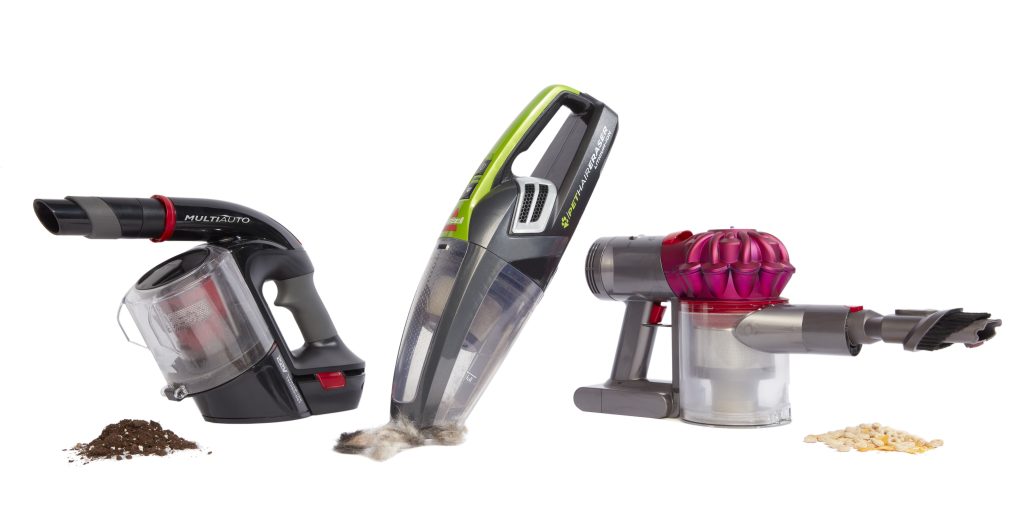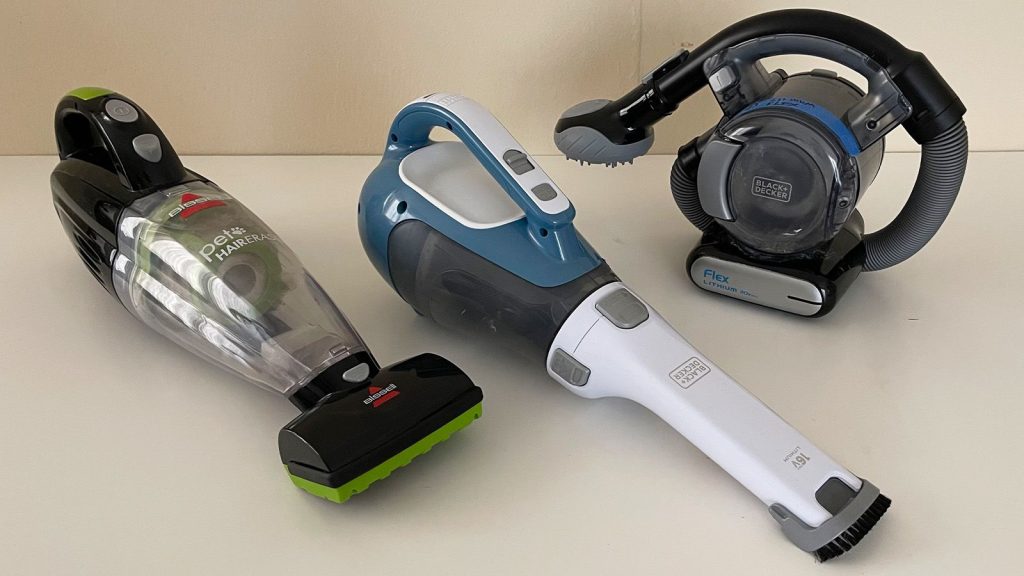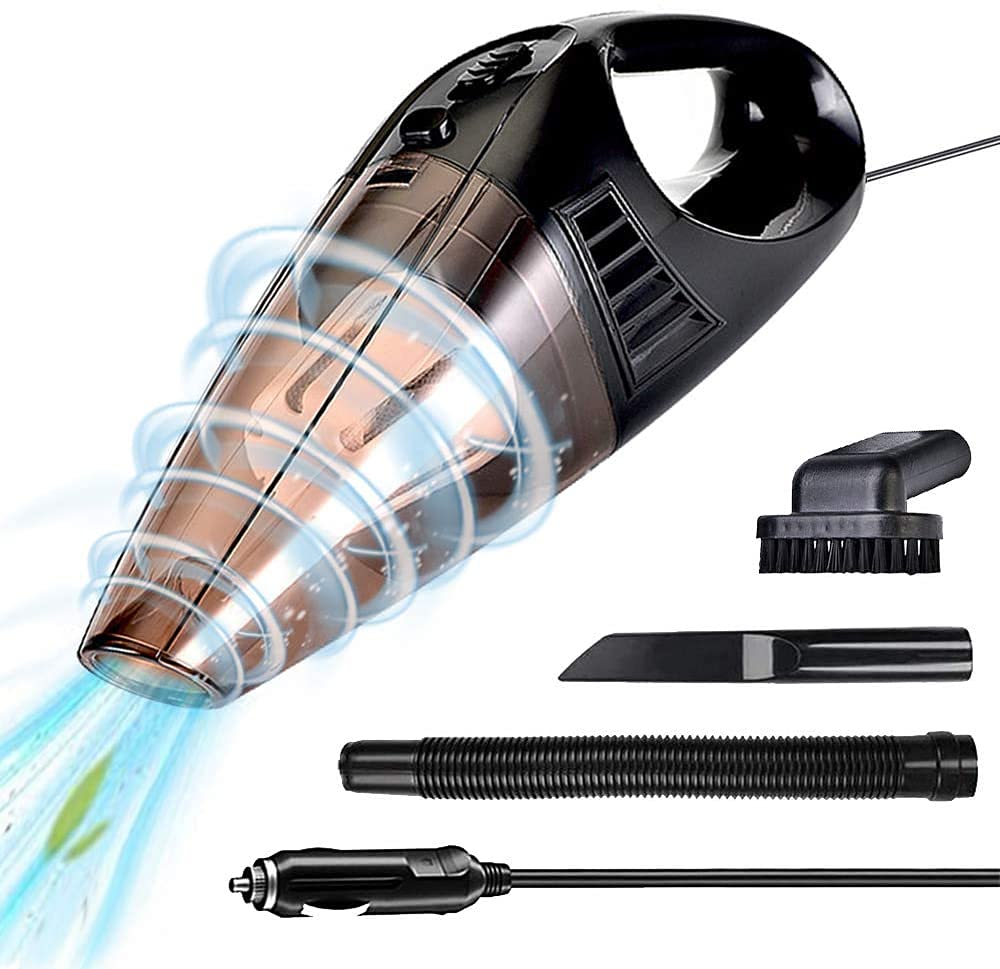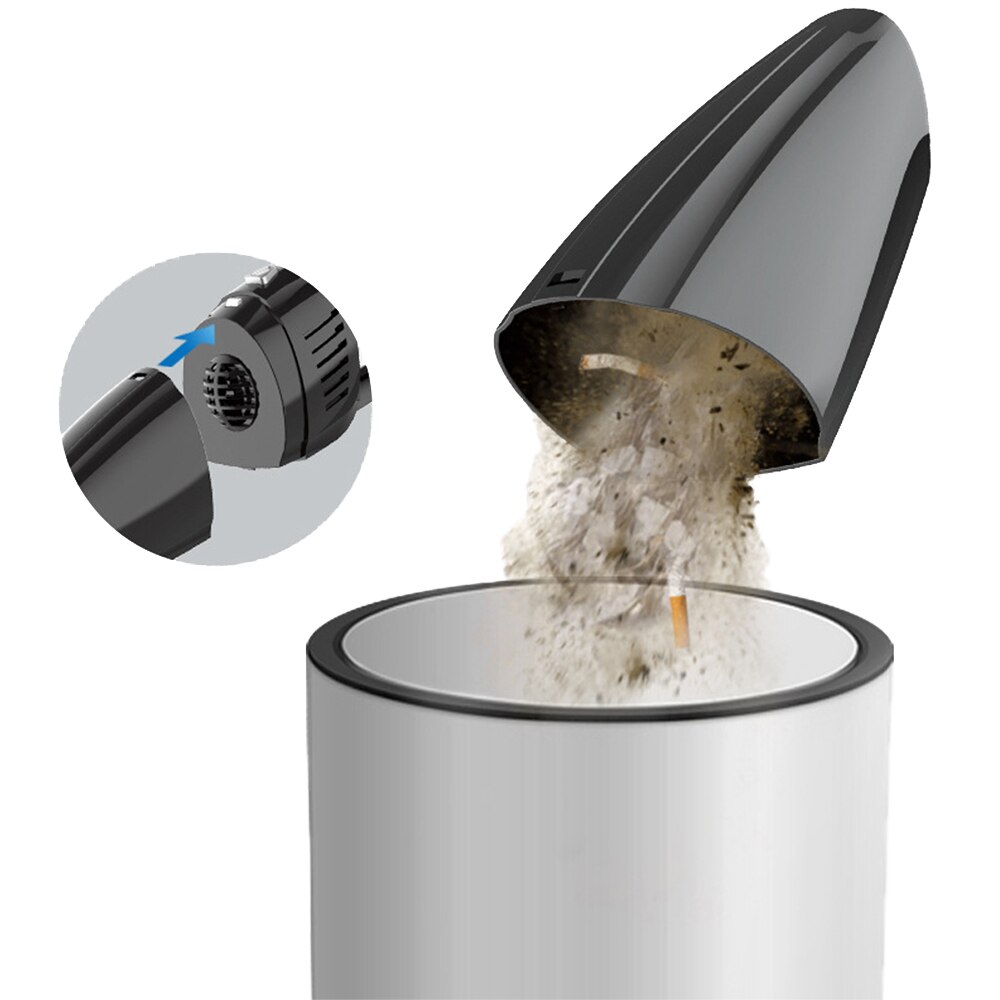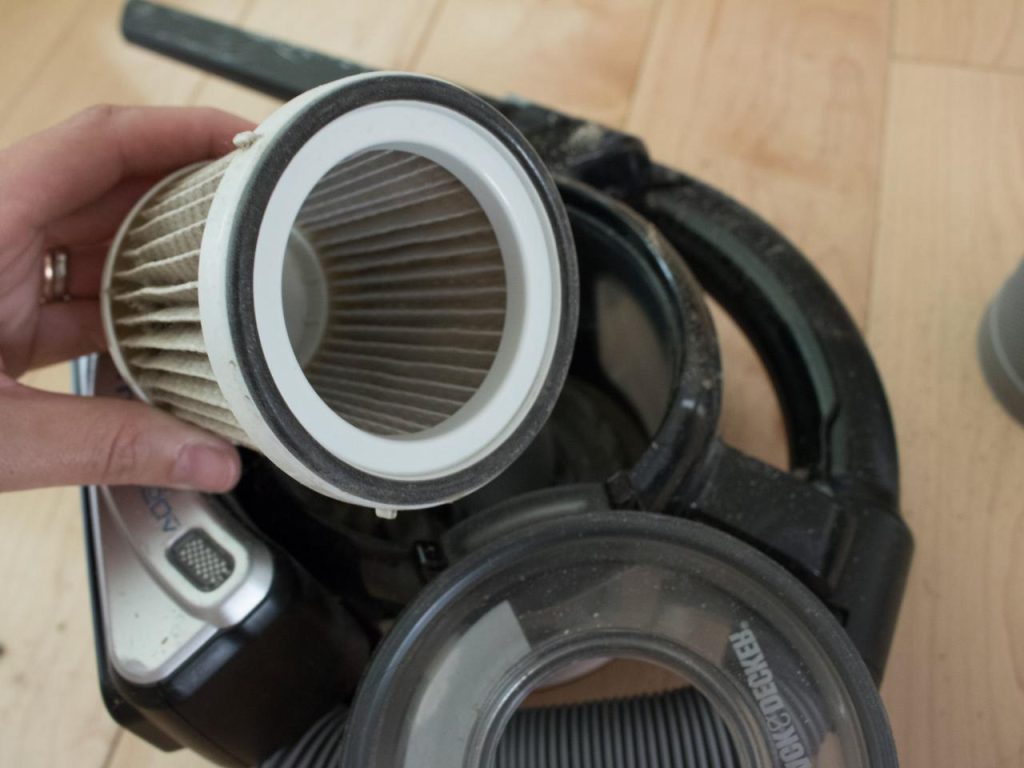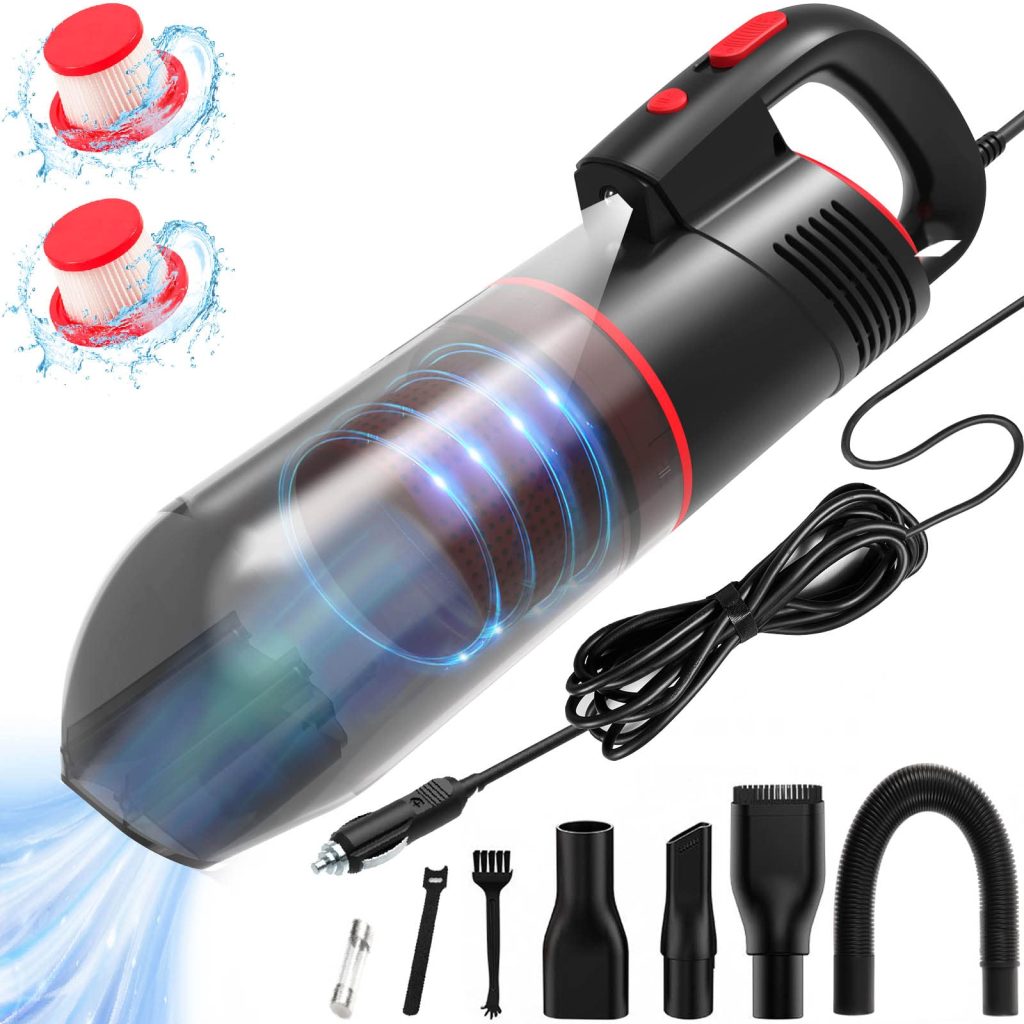With the plethora of car vacuum models and brands available in the market, deciding on the best one to purchase can be a daunting task. So how to choose to buy a car vacuum cleaner?
From corded to cordless, handheld to stick, there are several factors to consider when selecting the best car vacuum cleaner for your needs. In this article, we will explore the key considerations and features to look for when choosing a car vacuum cleaner, helping you make an informed decision and keep your car spotless.
Dimensions and Weight
When considering purchasing a car vacuum cleaner, one important factor to consider is its weight. Opting for a smaller model may make it easier to handle, but keep in mind that smaller vacuums usually come with less powerful motors. Therefore, you need to decide whether a lightweight design or a powerful motor is more important to you.
Moreover, compact and ergonomically designed smaller car vacuums are easy to transport. Ultimately, you should check the motor power and suction power of the vacuum to ensure they meet your needs and choose a comfortable, small model accordingly.
Cord or Cordless
Choosing a car vacuum cleaner can be a daunting task, especially when considering the cord option. While corded vacuums are powerful, they can be difficult to maneuver, making cordless vacuums a more attractive option. However, the downside of cordless vacuums is that they need to be charged before use and their power may run out quickly.
Nonetheless, with the introduction of lithium-ion batteries, cordless vacuums can run for at least 30-40 minutes. When selecting a cordless car vacuum, it’s essential to choose a model with a fade-free power feature, ensuring the vacuum’s performance does not gradually reduce. Moreover, some vacuum cleaner models combine both features, working on battery and with a cord, ensuring flexibility during use.
Motor Power
The effectiveness and suction strength of a car vacuum largely depends on the power of its motor, which can consume anywhere from 1200W to 2400W at maximum capacity. Some car vacuum models do not have adjustable power settings, running constantly at maximum strength.
However, it is recommended to choose a vacuum cleaner equipped with a potentiometer, a small device that lets you adjust the power of the machine. This feature allows you to decrease the power while vacuuming upholstery and increase it while cleaning seats, providing greater control and customization for your cleaning needs.
Suction Power
The suction power of a car vacuum is a crucial factor to consider when choosing the right one for your needs. It determines the efficiency and effectiveness of the vacuum cleaner in collecting dust and debris from the car interior. Generally, a higher suction power means that the vacuum cleaner can clean more in less time.
Suction power typically ranges from 250W to 600W, with a recommended minimum of 350W. While suction power is usually directly related to motor power, there are instances where a smaller motor can still offer strong suction. However, if you can’t find this combination at an affordable price, opting for a higher motor power is a safer bet.
Ultimately, when selecting a car vacuum, be sure to consider both motor power and suction power to ensure that you get the most efficient cleaning performance for your car interior.
Noise Level
The amount of noise generated by the vacuum is dependent on several factors, such as the design, power, and quality of construction. A well-designed vacuum cleaner will produce less noise, making it more comfortable to use and reducing the likelihood of disturbing others while cleaning.
It’s worth noting that the engine noise level of a car vacuum cleaner can increase as it wears off over time. This is why it’s advisable to go for a quieter model as it is likely to have a longer service life. A higher noise level can also be an indication of lower engine quality, which can affect the vacuum’s overall performance.
In modern vacuum cleaners for car, noise levels can range from 54-85 dB, which is something to keep in mind when making your purchase. If you want to reduce the noise level even further, you can look for models that come with noise-reducing features, such as sound-dampening materials or insulated motors.
Dust Container
The size and type of container for the car vacuum are important factors to consider on how to choose to buy a car vacuum cleaner. The capacity of the container can impact how often you need to replace or clean it. If the container is smaller, it will require more frequent maintenance. The size of the container is typically determined by the vacuum’s size.
In addition to the size, the type of container is also important. There are different types of containers, including textile bags, paper bags, and cyclone systems. Textile bags can retain particles of 100-200 microns in size but require periodic cleaning and washing. They can also reduce the efficiency of the vacuum’s suction power.
Paper bags, on the other hand, can capture dust with particle sizes as small as 1-3 microns. They are thicker than textile bags and do not affect suction power. The opening of the bag also closes on its own, providing comfort and hygiene when changing. However, depending on the size of the bag and frequency of use, paper bags may require replacement more often.
Cyclone car vacuum cleaners, meanwhile, use a plastic container instead of a bag. This container can be easily cleaned and washed, and there is no need to change the bag. The cyclone air filtration system uses centrifugal force to filter particles. Larger and heavier particles move towards the outer edge of the filter, while smaller and lighter particles are trapped inside.
The suction pressure remains stable, independent of the accumulated dust in the container, which is a significant advantage. However, the design of the vacuum can be complicated by the use of fine filters, and it requires more careful cleaning.
Filtering System
The quality of cleaning in a car vacuum cleaner is highly dependent on the filters along the inlet air flow path. As the air flows into the vacuum, it passes through different filters that capture dust particles of varying sizes.
The first filter is typically designed to trap larger dust particles that enter the pipes of the vacuum. As the air passes through the dust bag, a second filter is installed in the engine compartment to capture fine dust particles that could damage or slow down the motor.
To ensure that the vacuum operates efficiently and has a longer lifespan, engineers are always looking for ways to improve the filters by adding antibacterial components. This helps to keep the vacuum cleaner free of bacteria that can cause health problems or bad odors. It is worth noting that the second filter is usually designed to protect the motor and is either permanent or one-off.
If it is permanent, it needs to be cleaned regularly as per the instructions. If it is a one-off, it requires replacement when it is clogged or after a specified period of use. The final filter is located on the outlet air stream and is designed to capture the smallest particles, including solid microparticles and bacteria.
Types of filters
When it comes to car vacuum filters, there are generally two main types to consider: electrostatic and HEPA. Electrostatic filters are capable of capturing a wide range of dust particles, with a capture rate ranging from 80% to 99.99% for particles as small as 0.3 microns. They tend to be less expensive than HEPA filters but are also less efficient.
On the other hand, HEPA filters are considered to be more efficient at capturing dust particles, and can effectively eliminate radioactive dust. These filters are capable of holding up to 99.97% of all particles in the air, making them a popular choice for those who are concerned about air quality. However, it’s worth noting that while HEPA filters are highly effective, they may not be as important for car vacuums specifically.
This is because when using a car vacuum, the doors are typically open and the air is constantly circulating in and out of the car. As a result, it may be difficult for a car vacuum filter to capture all of the airborne particles in the surrounding environment. Despite this, some car vacuum manufacturers still offer HEPA filters as an option for those who prioritize air quality and want to ensure that their vehicle is as clean as possible.
Filter replacements
How to choose to buy a car vacuum cleaner? It’s important to note that when changing the bag in your car vacuum, it’s recommended to replace all the filters, especially the finest one that captures finer particles. This is because if the filters become clogged, the airflow through the vacuum can become restricted, causing the engine to heat up. This could potentially cause the bag to burst due to the hot air, or even worse, the engine could burn out.
However, some vacuum cleaner models have a safety feature where they automatically shut off when the temperature rises to prevent any damage. It’s always best to follow the manufacturer’s instructions and recommendations when changing the bag and filters to ensure the longevity and safety of your car vacuum.
Extra tools
Car vacuums come with various add-ons that can improve their functionality and enhance the quality of cleaning. These additional tools can be quite handy, especially when you need to clean hard-to-reach areas in your car’s interior. For instance, an extendable brush can be an excellent add-on to reach tight spaces, while additional lights can help you see and clean under the seats more effectively. Some models also come with specialized service tools that are designed to focus suction in tight spaces.
When you’re choosing a car vacuum, make sure it has at least one tool for cleaning crevices, as these are often hard to reach with a standard vacuum nozzle. However, some models might have more than one additional tool, providing you with a variety of cleaning options.
One feature that comes at an extra cost is the ability to absorb liquids. There are car vacuums with water filters that can do this, but you need to weigh the pros and cons before purchasing one. While it can help you clean your car seats and carpets, you need to consider how often you’ll use this feature to determine if the extra cost is worth it.
How to choose to buy a car vacuum cleaner? – In conclusion,
Knowing how to choose to buy a car vacuum cleaner is important, but maintaining your car vacuum cleaner properly can help extend its lifespan and ensure its performance. Some basic tips include regularly cleaning or replacing the filters, checking the bag or container for fullness, and inspecting the hose and attachments for clogs or damage. It is also recommended to store the vacuum cleaner in a dry place and away from extreme temperatures.
Additionally, be sure to follow the manufacturer’s instructions for maintenance and use. This can include the recommended frequency of filter replacements, the proper way to dispose of the bag or empty the container, and any safety precautions to take when using the vacuum cleaner.
By taking care of your car vacuum cleaner, you can ensure that it will provide you with clean and efficient cleaning for years to come.

